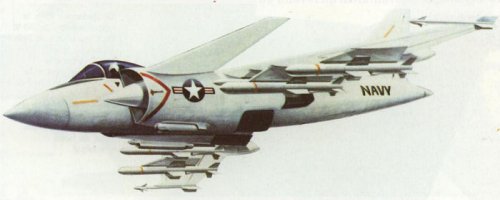- Joined
- 27 September 2006
- Messages
- 5,744
- Reaction score
- 5,618
The F 35 thread is proving fascinating reading especially for people like me who have no engineering background.
However, I wonder if a separate thread is now necessary to explore what options exist to provide alternatives to F 35. Please assume that F35 is out of the equation as the existing thread already compares it with other systems-manned and unmanned.
Let me kick the ball off.
The RAF has a large number of Eurofighter Typhoons which are capable of being upgraded in various ways for both the fighter and strike roles.
Despite their limitations UAVs are able to cover some of the envelope, notably in the strike and recce roles.
The Royal Navy looks likely to get at least one of the two carriers for itself and possibly if the Economy ever comes good might get both of them.
I realise that the US Marine F35 programme is pretty solid but for the purposes of what-if lets assume that it gets knocked off course. Italy, UK and the US Marines, plus Spain and perhaps even France (it has a lot of spare flattops) could be in the market for a Super Harrier (Boeing and BAe have done much work on these possibilities). Alternatively the US Marines might opt for more F18s but the Harriers have proven their worth for the Corps, who must be ranked as the World's key STOVL user.
Looking further afield, Russia, China, Brazil, Japan, Korea, India would all be interested in a Super Harrier style aircraft for their own navies and even for their Marines or Air Forces. The Harrier formula of a "relatively" simple aircraft could be resurrected if F35 were not available.
Hope this helps the bar
However, I wonder if a separate thread is now necessary to explore what options exist to provide alternatives to F 35. Please assume that F35 is out of the equation as the existing thread already compares it with other systems-manned and unmanned.
Let me kick the ball off.
The RAF has a large number of Eurofighter Typhoons which are capable of being upgraded in various ways for both the fighter and strike roles.
Despite their limitations UAVs are able to cover some of the envelope, notably in the strike and recce roles.
The Royal Navy looks likely to get at least one of the two carriers for itself and possibly if the Economy ever comes good might get both of them.
I realise that the US Marine F35 programme is pretty solid but for the purposes of what-if lets assume that it gets knocked off course. Italy, UK and the US Marines, plus Spain and perhaps even France (it has a lot of spare flattops) could be in the market for a Super Harrier (Boeing and BAe have done much work on these possibilities). Alternatively the US Marines might opt for more F18s but the Harriers have proven their worth for the Corps, who must be ranked as the World's key STOVL user.
Looking further afield, Russia, China, Brazil, Japan, Korea, India would all be interested in a Super Harrier style aircraft for their own navies and even for their Marines or Air Forces. The Harrier formula of a "relatively" simple aircraft could be resurrected if F35 were not available.
Hope this helps the bar

